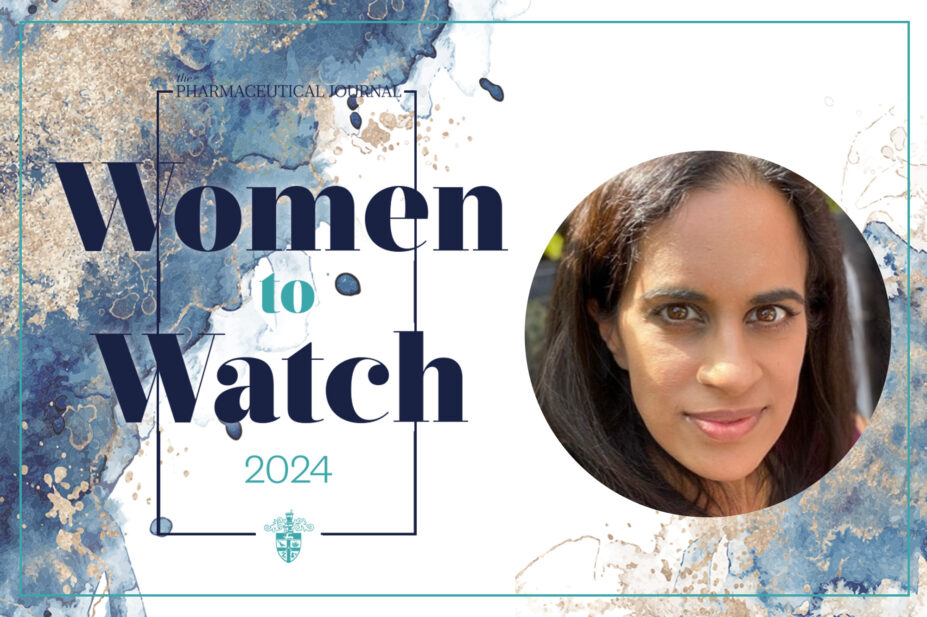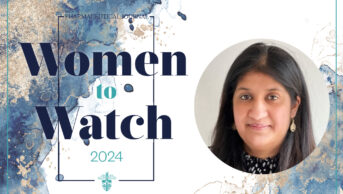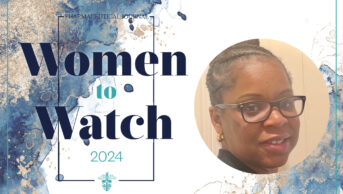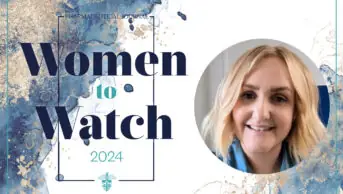
The Pharmaceutical Journal/Dipa Kamdar
Coming from an Asian family, there was always a cultural expectation that Dipa Kamdar, a senior lecturer at Kingston University London, would study a professional subject like medicine or dentistry. However, it was the diverse range of possible futures that attracted her to a pharmacy degree. In those first few years, she certainly made the most of it, gaining experience in the industry at GSK, in hospital and in the community.
“I liked the idea of helping people, so I thought pharmacy was a really good fit but in actual fact, originally, I wanted to be a teacher. My mum used to be a teacher back in India, but they were quite traditional and not sure about the idea. As it turned out, I’ve ended up in academia and managed to combine my two passions,” she says.
Not only has she found her passion in teaching, but she has also applied innovative techniques to build a diverse and inclusive curriculum that encourages students to address their biases and promote better care across race, gender, sexuality and neurodiversity.
As equality, diversity and inclusion (EDI) lead at Kingston University London, she has overhauled teaching to improve students’ consultation skills, so that they are tailored to patient need and protected characteristics. The changes they have made include carefully designed workshops, collaborating with ex-students to write authentic case studies based on lived experience of health inequalities.
She stresses that this is part of a university-wide policy, with much work done by her colleagues in the Learning and Teaching Enhancement Centre, which she has then applied to pharmacy. One essential principle that she has introduced is to improve the accessibility of teaching materials by making lectures more interactive.
Seeing those students understand your concepts, being able to implement ideas, starting to develop their skillset in this environment is amazing
The second principle is representation within teaching. “We just designed a contraceptive workshop, and we’ve got a case study about one person who is non-binary”, she explains. “They want to start on a contraceptive pill, but they’re worried about worsening their gender dysphoria. How would you deal with that?”
Other examples include using case studies with patients of different ages, skin colours and socio-economic backgrounds. “A lot of our students will end up working in London, which is really diverse. We really just want to prepare them,” she says.
The third principle is to improve students’ skillsets with far more hands-on teaching, using more practical sessions instead of lectures. For example, recently, Kamdar collaborated with a physiotherapist to provide the students with ageing suits, visual impairment glasses and ear defenders. “It gets them thinking about patients with physical disabilities and putting yourself in their shoes about how they actually feel,” she says.
She has won awards for the work, including a Green Impact Gold Award for social sustainability initiatives and two Chemist and Druggist Awards for diversity and inclusion. She has published conference abstracts and been asked to speak about her approach, as well as carrying out ten training sessions for staff on health inequalities and unconscious bias. These included a bespoke introductory equality, diversity and inclusivity session for departmental colleagues.
There are times when Kamdar has used her own lived experiences as part of her teaching, including around a traumatic birth that she later reveals is her story at the end of the sessions. She explains that this brings home the real-life impact of race and maternity outcomes. She has also encouraged other staff to share real-life patient stories, to make the students’ experience as authentic and relevant as possible.
Kamdar’s tireless work has led to national recognition, says her colleagues, and she has done it all leading “with grace” even through three maternity leaves for her young children.
Like any job, it comes with its frustrations and bureaucracy, she says, but “seeing those students understand your concepts, being able to implement ideas, starting to develop their skillset in this environment is amazing”.
“You see them blossom between the first and fourth year and the kind of people they’re becoming, the empathy they’re developing. I love seeing that journey.”
Our judges said that her inclusive healthcare curriculum will have an “enormous and powerful impact” on future pharmacy professionals. “It’s doubly impressive she’s achieved so much while working part time hours,” they added.
Kamdar recently stepped down as course director for the MPharm and she admits that preparing for the new pharmacy degree had been a tough year. But, ultimately, she says the NHS will have all these pharmacists whose skills are being properly utilised.
She reiterated that there is still more work she wants to do around better meeting the needs of their neurodiverse students.
“That is my next project to find out what do students actually want?” she adds. “Because I think we have an idea of what we want. The university’s got their requirements of what they want. But I think we need to do a bit more research into what teaching style they [the students] actually prefer?”
To achieve all this, she explains that she has had to be very efficient and organised. “It can be done if you have the support around you. My husband and I are juggling it.
“I have been trying to streamline, based on my values. But it helps when you’re doing something you’re passionate about, where you want to make a difference. You’re more inclined to give it your time.”
Panel comments
“The testimonials submitted for Dipa are powerful. And they were provided by senior leadership, colleague and students”
“Dipa’s inclusive healthcare curriculum will have an enormous impact on future pharmacy professionals. It’s doubly impressive that she has achieved so much while working part-time hours.”
- Meet the rest of The Pharmaceutical Journal’s Women to Watch 2024 here


